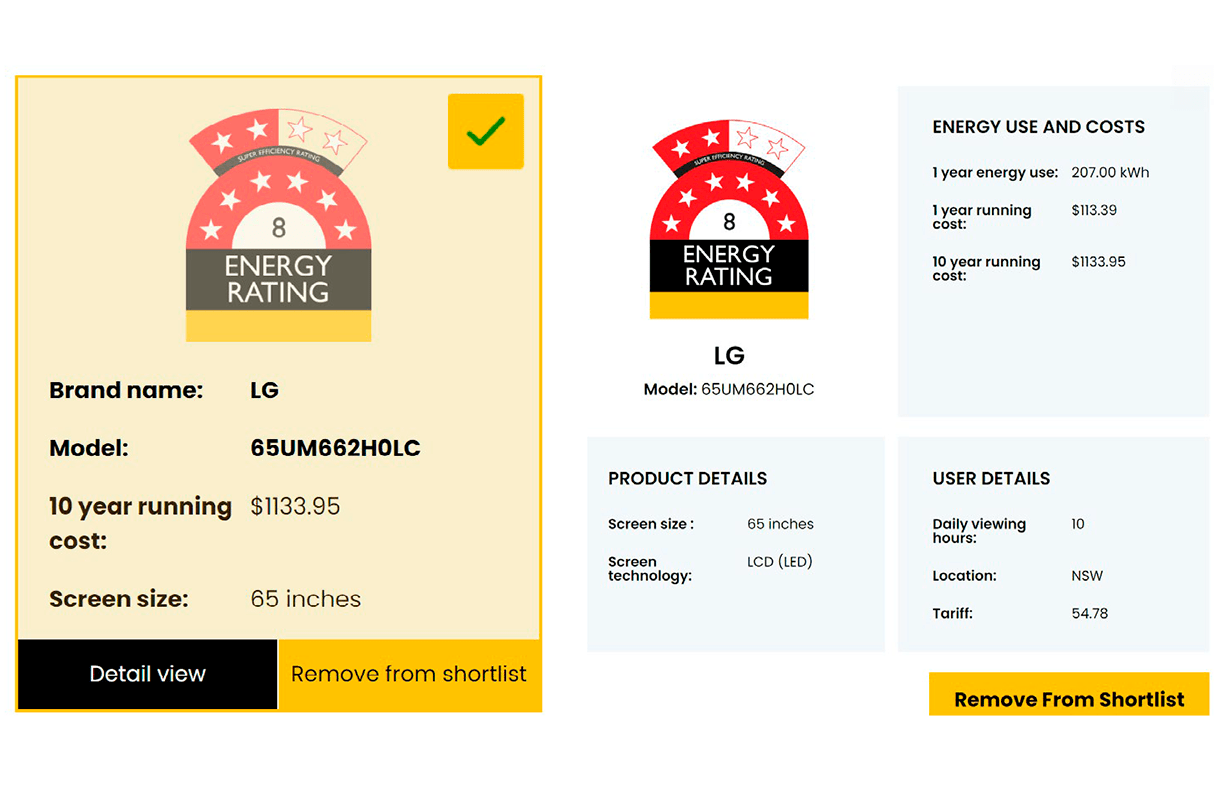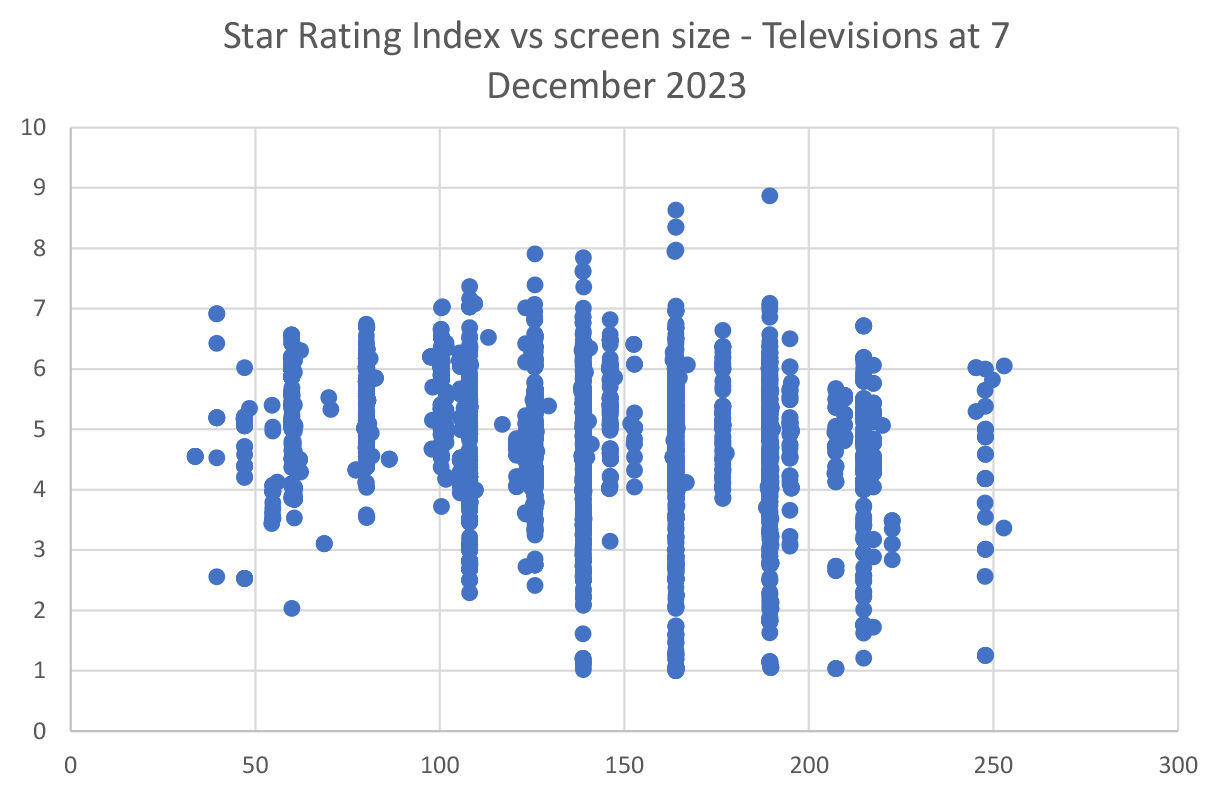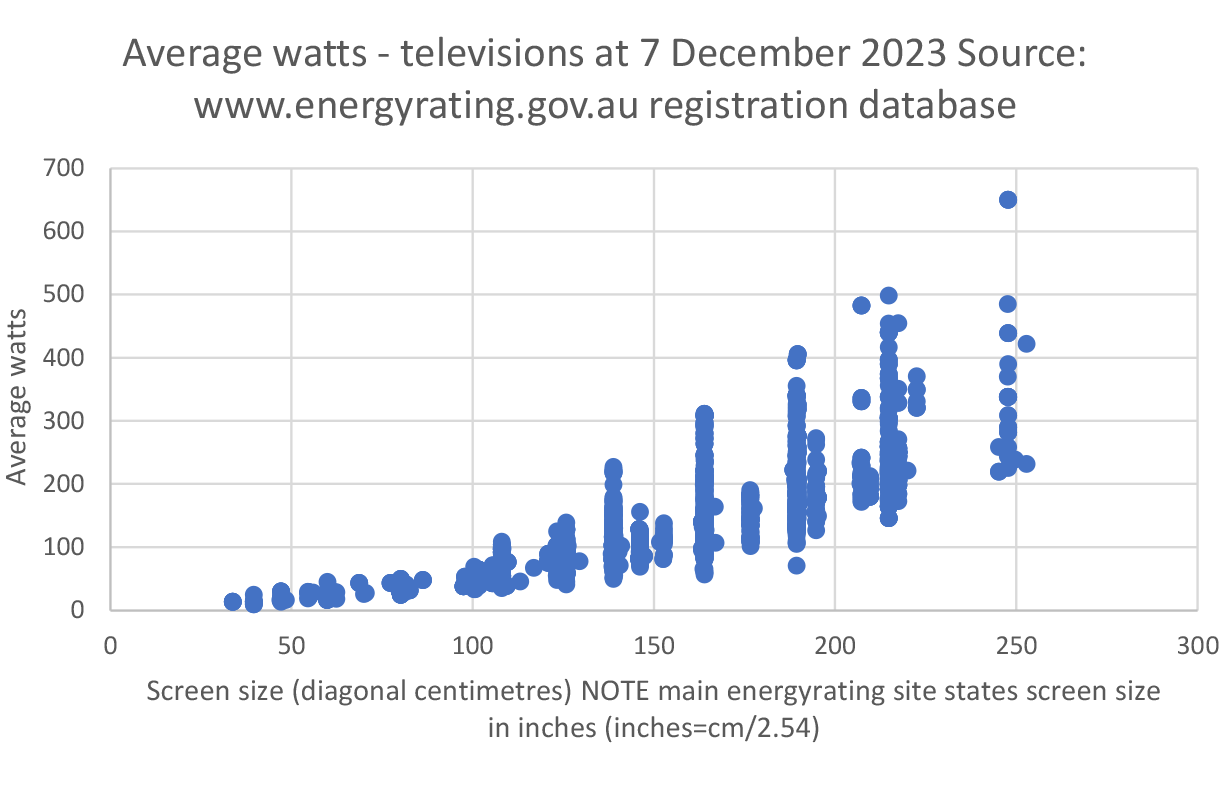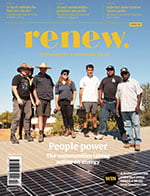Fossil fuels, efficiency and TVs
Alan Pears brings us the latest news and analysis from the energy sector.
The climate dilemmas of a fossil fuel business, investors and governments
Ron Ben-David, previously a contributor to design of our energy markets and head of Victoria’s Essential Services Commission, recently highlighted the difference between economic theory and real-world energy markets (see report at bit.ly/3ThejSz). Other commentators such as John Quiggin and Ross Gittins have highlighted this dissonance. As the urgency of climate action accelerates, fossil fuel businesses, investors and governments face complex challenges.
Most of the asset value of a fossil fuel business lies in its ownership or control of fossil fuel resources. If we decarbonise quickly, their value falls. Every month of delay is worth a lot of money to them. Do they manipulate the balance between supply and demand to maximise short term profit? Lobby to delay change and confuse people? Offer hope of long-term transition through options like carbon capture and storage, despite the urgency of rapid change? Accelerate development of new business models viable in a zero carbon world? Or a bit of all of them? More delay means more short-term profit, CEOs on fixed five-year contracts and boards that look good, and more time to manage change.
Some investors may be attracted by high short-term profits, possibly believing they will be able to sell out before share prices collapse. Some may ‘short’ the market, betting on a price collapse before they have to pay. Others look at long term fundamentals. Share markets are often driven by ‘sentiment’ fuelled by media and PR spin.
A key priority of a government is to be re-elected. They are often followers of community sentiment, not leaders. Or influential lobbyists distort their perceptions. They need to ‘balance the budget’ and respond to short term crises like price spikes, even though this may come at the expense of investment in our future. They are very conscious of the fine print in accounting methods, as we have seen with the present government’s studious efforts to ignore fossil fuel export emissions and investments because ‘scope 3’ emissions from our international customers burning our exported fossil fuels are excluded from our international commitments. Civil society faces a big challenge to limit the devastating impacts of climate change.
Our balance of payments, efficient electrification and EVs of many kinds
Last year, Australians paid over $60 billion to import petroleum products. On top of that we paid tens of billions of dollars for storage, distribution and sales, often to overseas-owned businesses. Efficient electrification can dramatically reduce this substantial drain on our economy as well as reduce consumer costs and deliver other benefits.
Obviously a shift to electric cars will cut imports of petrol, which comprises 41% of petroleum consumption. While our overall use of petrol and diesel fuel is dominated by transport (71% of petroleum), about 40% of diesel fuel (around 29% of total petroleum) is used for non-road transport activities, particularly mining.
Many mines use a lot of diesel fuel for trucks, but also for electricity generation. The Australian government’s ‘Safeguard’ scheme limits scope 1 carbon emissions (from on-site emissions, often from burning fossil fuels) of high emission sites like these, with a potential carbon price of up to $75 per tonne.
These emissions are produced by both movement of materials (mainly in trucks) and electricity generation for remote sites. So this scheme provides incentives to electrify both mining transport and diesel electricity generation. Miners could also rethink their reliance on trucks (the weight of which is a major contributor to diesel consumption, as they transport ore against the force of gravity).
Road freight generates almost half of transport-related carbon emissions, and Light Commercial Vehicles (LCVs) generate 44% of that, while semi-trailers contribute only a third of road freight emissions. LCVs are obvious candidates for electrification. Developments in batteries and aerodynamics suggest that trucks will also electrify for business reasons.
Sensible urban planning, electric micro-mobility technologies, infrastructure and public transport, along with virtual service provision, which can avoid costs of both travel and wasted time, should reduce dependence on cars. Exploding insurance costs and impacts of depreciation add more pressure to reduce the number of cars we own, while improving quality of service.
TV energy performance
I recently visited the topten.eu website, which provides information on the most energy efficient appliances in many categories, including ovens, induction cookers and many other products not covered by Australia’s appliance energy labelling scheme. This provides a useful complement to Australia’s energyrating.gov.au website.
For televisions, Topten gives two ratings, one for typical operation and a second for a High Dynamic Range operating mode offered by some TVs. HDR operates when on-line content increases image contrast, using metadata generated during video production. Display management circuitry interprets this to produce contrast ratio and colour rendering more realistic than the standard mode. This mode of operation can more than double power consumption.
This prompted me to look at Australia’s energyrating.gov.au website to compare TVs. In the ‘consumer’ section calculator, you can select screen size and other features to see the star rating labels of selected products. By selecting ‘Detail view’ you can access a bit more information, as shown above. I would also like to see the average watts consumed by the product. For TVs you can work this out by dividing the ‘1 year energy use’ by 3650 (ten hours daily operation over 365 days in a year, then multiplying by 1000 to convert from kilowatts to watts. In the example shown, average power consumption is 57 watts—not bad for a very big TV.

This led me to compare the range of products on the Australian market, which I hadn’t done for some time. To do this, you must go to the Tools item in the Industry Information tab. The database of all TVs energy rated can then be downloaded. It takes a nerd to work out how to interpret the data, but I fit that description. So I produced two graphs showing the star ratings of products on the market in late 2023 by screen size, star rating and average watts (consumption including standby power).


It’s clear that, all other things being equal, a bigger TV uses more power. But the best 150cm to 190cm TVs use less power than some 100cm TVs. Products with poor star ratings may use three to four times as much electricity as the highest rated products of the same size. For example, an inefficient 1-star 190cm TV uses around 400 watts: It looks as though the government should urgently tighten the Mandatory Minimum Energy Standard for TVs! And maybe it should run a major promotional campaign informing consumers of how important it is to choose a TV with a high star rating, and think about how big a TV they really need.
Further reading
 Climate change
Climate change
Charting possibilities of the blue economy
Mia-Francesca Jones explores the opportunities of the blue economy for oceanic health, as well as human and planetary wellbeing.
Read more Pears Report
Pears Report
Energy forecasts, hydrogen hype and questions of progress
Alan Pears gives us his round-up of the main energy issues this quarter.
Read more Pears Report
Pears Report
Energy costs, climate impacts and quality of life
Alan Pears brings us the latest news and analysis from the energy sector.
Read more

